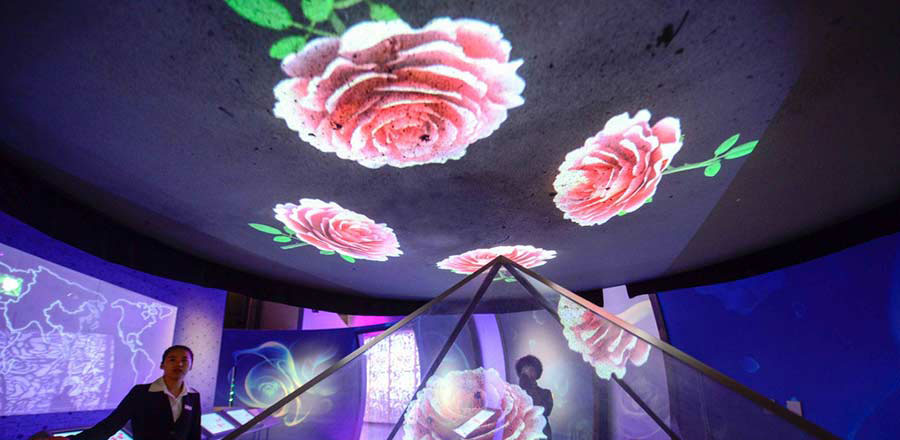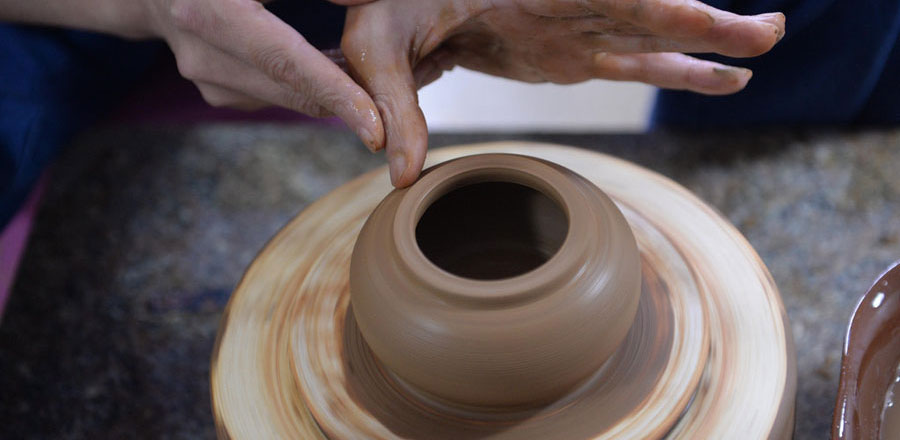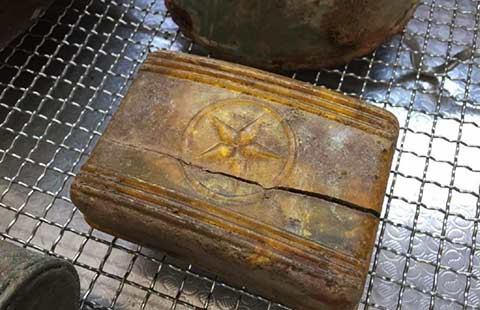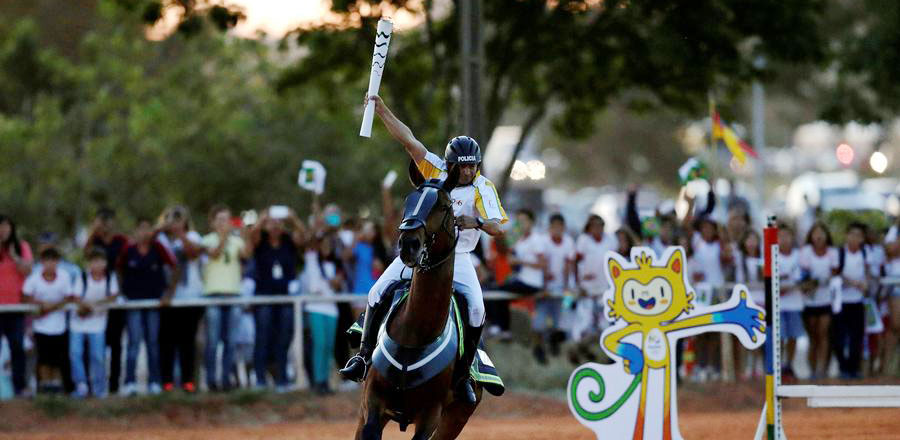
V.
Promoting cultural prosperity
Since the autonomous region was established in 1955, Xinjiang has attached great importance to culture, promoting the preservation, bequeathal and onward transmission of fine cultural traditions, and vigorously developing modern culture, in order to meet the ever growing cultural needs of the people of all ethnic groups and safeguard their equal cultural rights and interests. Public cultural services have improved remarkably. In 1955, Xinjiang had only one public library and 36 cultural centers. In 1978, Xinjiang built its first museum. In 2007, with state support, Xinjiang launched two nonprofit cultural projects - the East Wind Project (to give books and publications free of charge) and the Rural Library Project (to provide farmers with books, periodicals, newspapers and audio and video products). In 2008 and 2012, Xinjiang started the Radio and TV Programs for Each Village Project and the Radio and TV Programs for Each Rural Household Project, both benefiting all local rural population. By 2014, every administrative village in Xinjiang had its own rural library.
Since 2010, the state and the autonomous region have provided a total of RMB1.5 billion to improve cultural infrastructure, launching the County-level Library and Cultural Center Renovation Project, the National Cultural Information Resources Sharing Project (constructing information centers to share Xinjiang' s resources with other areas of the country), and the Town and Township Comprehensive Cultural Center Project, as well as the aforementioned Radio and TV Programs for Each Village Project and Radio and TV Programs for Each Rural Household Project. By 2014, Xinjiang had built 117 cultural centers, 107 public libraries, 82 museums (memorial halls) and 1,147 cultural activity venues, provided radio and TV access to 3.46 million rural households, and completed the basic public cultural service system of four levels (the autonomous region, prefecture, county (city) and town (township)). Cultural heritage has been effectively protected. Xinjiang has 113 cultural relic sites under state protection, and 550 under autonomous regional protection. The region boasts 128,894 individual items or sets of cultural relics. "Silk Roads: The Routes Network of Chang' an-Tianshan Corridor" has been designated as a World Heritage Site. Gaochang Ancient City Ruins, Jiaohe Ancient City Ruins, Beiting Ancient City Site, Kizilgaha Beacon Tower, Kizil Grottoes and Subashi Buddhist Temple Ruins are the first group to be listed in the World Heritage Sites in Xinjiang. The autonomous region has collected and registered 11,194 copies of ancient ethnic minority books, and edited and published 140 of them. Sixty-six ancient ethnic minority titles have been included in the Catalogue of National Rare Ancient Books. Kutadgu Bilig and A Comprehensive Turkic Dictionary, masterpieces of the Karahan Kingdom, which were almost lost to posterity, have been translated into and published in both Uygur and Han Chinese. In 2009, the autonomous region launched the Uygur Historic and Cultural Preservation Project - Renovation of Dilapidated Buildings in the Old Kashi City Proper. By 2014, this project had received grants amounting to RMB3 billion, and old and dilapidated buildings for 31,000 households had been renovated.
Currently, Xinjiang has three projects on the UNESCO Intangible Cultural Heritage List and the List of Intangible Cultural Heritage in Need of Urgent Safeguarding - The Art of Xinjiang Uygur Muqam, the Epic of Manas, and the Meshrep, in addition to 127 items of intangible cultural heritage of state class and 293 items of the autonomous regional class, as well as 64 representative trustees of intangible cultural heritages at state level and 459 at autonomous regional level. In 2010, Regulations of Xinjiang Uygur Autonomous Region on the Preservation of the Art of Uygur Muqam was promulgated, which was China' s first separate regulations at provincial level designed to protect intangible cultural heritages. The autonomous region has collected more than 700 long folk poems of the Uygur, Kazak, Mongol, Kirgiz and other ethnic groups. Vigorous efforts have been made to preserve traditional ethnic cultural treasures, such as the Mongolian epic Janger, the Kazak's ballad singing Aytes, the Hui folk song Hua' er, the Tajik' s Eagle Dance and the Xibe' s West Moving Festival.
Literature and arts are prospering. Since the founding of the autonomous region, Xinjiang' s folk and classical literature has been collected, collated, translated, published and studied. Writers, poets, translators, playwrights, performing artists, literary critics of all ethnic minority origins have rapidly matured, forming a multiethnic literary writing, performing and research contingent. Works of excellence have been staged, including Hello, Apandi (acrobatic show), Grand Bazaar (drama), Gherip-Senem (opera), Visitors on the Icy Mountain (musical), Love over the Tianshan Mountains (musical), and The Spring of Muqam (song and dance drama). A group of literary and art works have won the Best Works Award, the Lu Xun Literary Prize, the Gold Award of the National Ethnic Minority Theatrical Festival, Splendor Award and Lotus Award for Stage Arts of Excellence (the former for theatrical artworks and the latter for dance), the China Acrobatic Golden Chrysanthemum Award, the Steed Award (for ethnic minority writers), the Tianshan Literary Prize, and other national and autonomous regional prizes.













